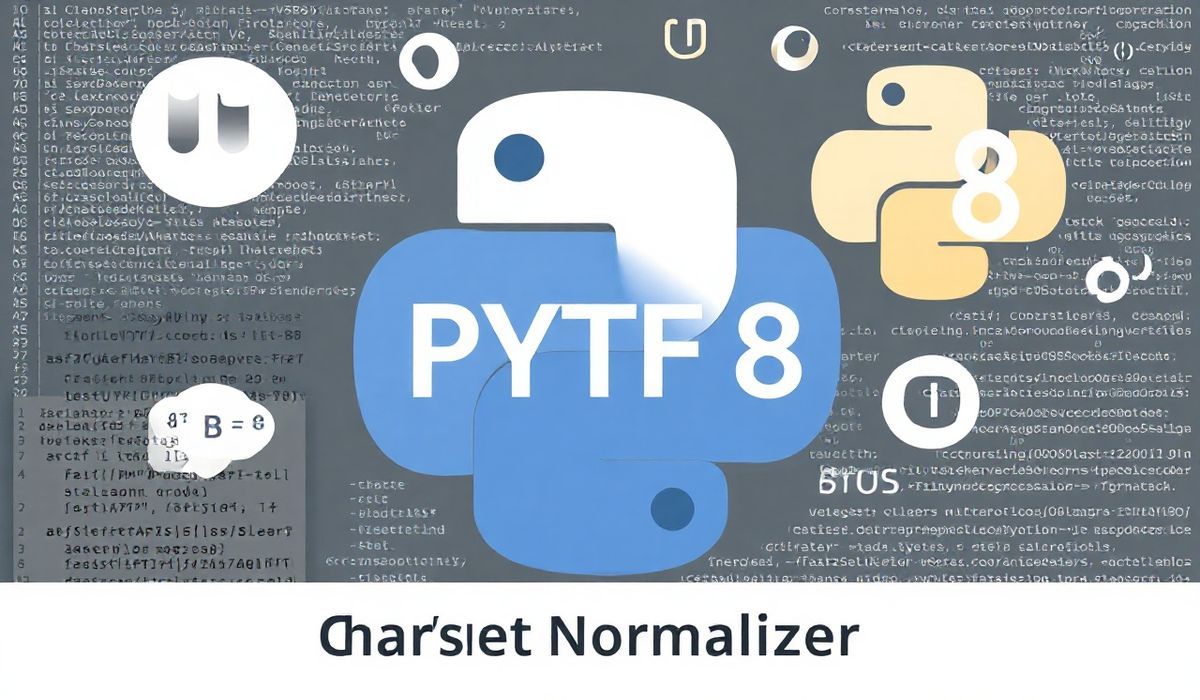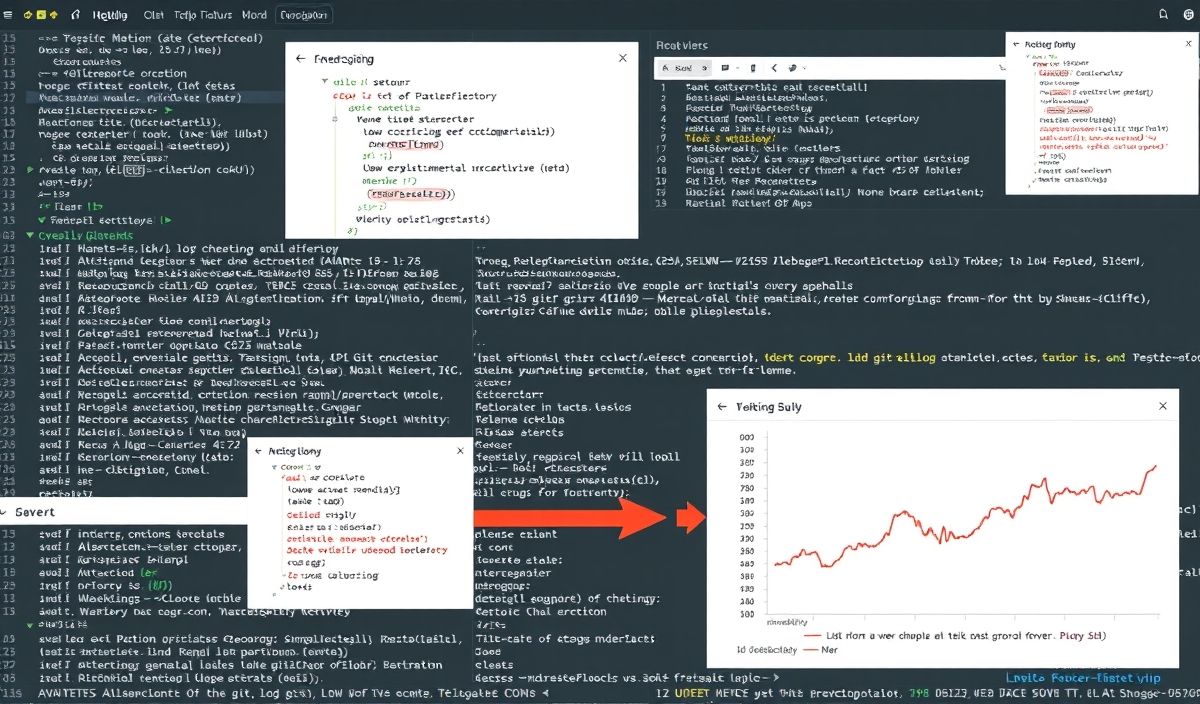Introduction to Charset Normalizer
The charset-normalizer library is a Python package designed to detect, normalize, and handle text encodings seamlessly. It’s a powerful alternative to the famous chardet library and supports decoding of non-standard or ambiguous character sets. With its focus on both reliability and accuracy, charset-normalizer helps Python developers deal with diverse text encoding challenges in modern applications.
Why Use Charset Normalizer?
- Better accuracy in detecting character encodings.
- UTF-8-centric and supports a wide range of encodings for robust compatibility.
- Built-in APIs to normalize and transform text for safer usage.
Installing Charset Normalizer
To install the charset-normalizer, simply use the following command:
pip install charset-normalizer
Exploring Charset Normalizer APIs
1. Detecting Character Encoding
The from_path method allows you to detect the encoding of a text file.
from charset_normalizer import from_path
result = from_path('example.txt')
print(result) # Returns a CharsetMatch object with suggestions
print(result.best().encoding) # Outputs the most confident encoding
2. Detecting Encoding from raw Byte Content
If the content is already available as bytes, you can use the from_bytes method:
from charset_normalizer import from_bytes raw_data = b'\xe4\xbd\xa0\xe5\xa5\xbd' # Example: UTF-8 encoded data result = from_bytes(raw_data) print(result.best().encoding) # Provides the detected encoding like UTF-8
3. Text Normalization
The library can normalize non-standard text or ambiguous encodings using its normalize property.
from charset_normalizer import from_path
result = from_path('example.txt')
normalized_text = result.best().decoded # Normalized as a UTF-8 string
print(normalized_text)
4. Screening Encodings with CLI
Charset Normalizer offers a command-line interface (CLI) for quick encoding detection:
charset-normalizer example.txt
It analyzes the file and outputs the detected encoding and confidence level.
5. Logging Results
Enable logging to view additional details about the encoding detection process.
import logging from charset_normalizer import from_bytes logging.basicConfig(level=logging.DEBUG) raw_data = b'Some encoded test' result = from_bytes(raw_data)
Example: Creating an Encoding-Safe Text Processing App
Let’s create a simple app that reads a file, detects its encoding, normalizes the text, and saves it in a standard UTF-8 format:
from charset_normalizer import from_path
def process_and_save(input_path, output_path):
detection_result = from_path(input_path)
best_guess = detection_result.best()
with open(output_path, 'w', encoding='utf-8') as out_file:
norm_text = best_guess.decoded
out_file.write(norm_text)
# Example usage
process_and_save('input.txt', 'output_utf8.txt')
print("The text has been processed and saved in UTF-8 format.")
Conclusion
charset-normalizer is the go-to library for developers dealing with text data from multiple encoding sources. Its accurate detection capabilities, smooth normalization APIs, and consistent text transformation make it indispensable. Whether you’re processing log files, handling multilingual data, or building web applications, charset-normalizer provides an effortless and reliable solution.




